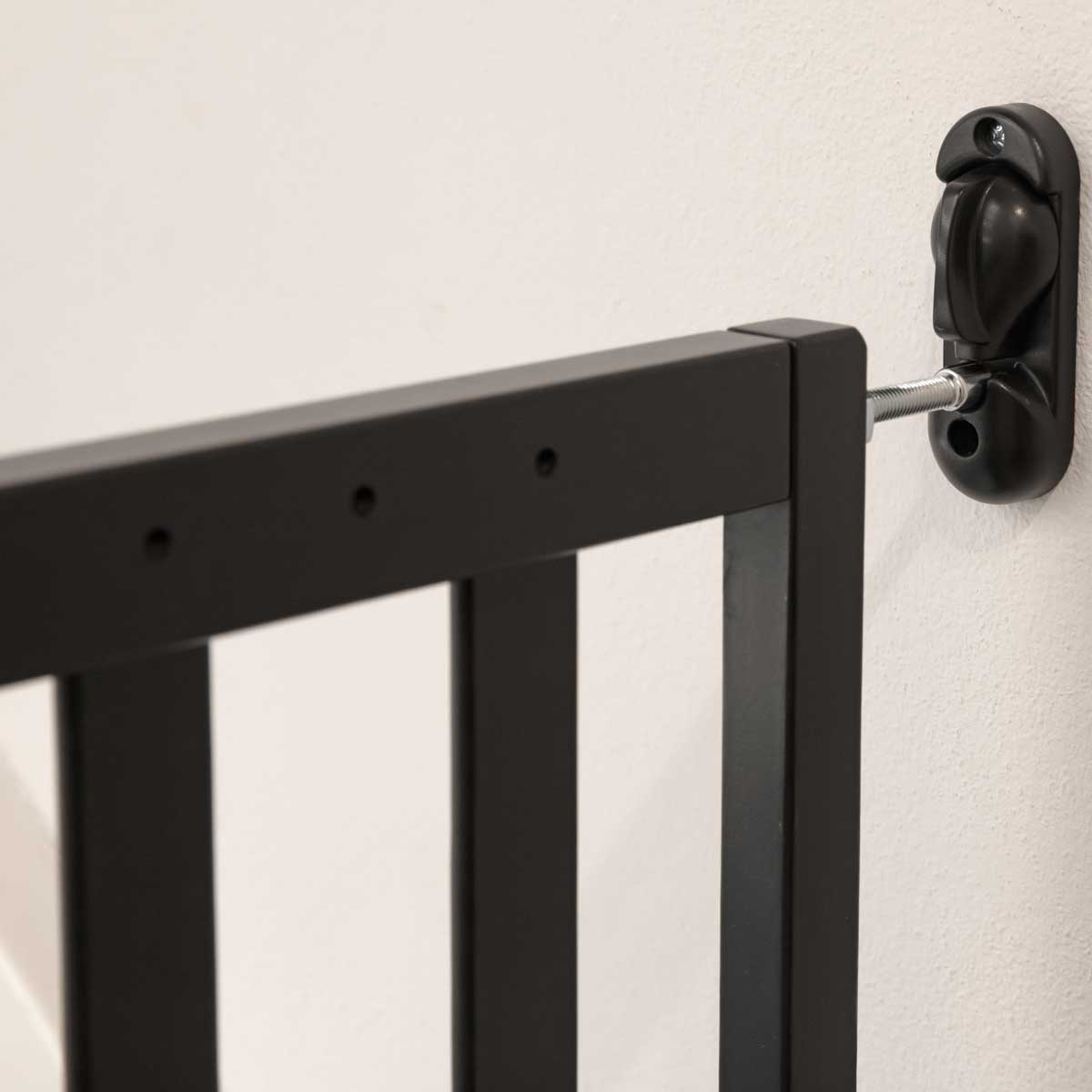Internal controls are all around us, whether we are aware of them or not. Take parents of toddlers, for example. Gates are set up around staircases, plastic covers are placed around doorknobs and protective covers are inserted over electrical outlets. Not to mention the baby monitors – because you can’t leave a child alone – technology to the rescue! How about pet owners? They know a thing or two about internal control systems and monitoring, from puppy gates to strategically placing their favorite slippers out of reach. These are all forms of internal controls. And this, in fact, translates into business.
Just like it’s important for parents or pet owners to continuously monitor their systems of internal controls and their effectiveness – like jiggling a gate to ensure it’s locked – it’s crucial for organizations to test their processes as well. Performing internal controls and continuously monitoring those controls helps business leaders avoid operational setbacks. From a fundamental breakdown to an employee circumventing or a failure to monitor the control, internal controls are the due diligence that help prevent breakdowns from occurring.
Apart from the obvious, why should organizations have effective internal controls and monitoring systems? Simply put, it’s the right thing to do. It’s important to protect investments, reputation and your chance at long-term success. However, it is not enough to simply design and implement an adequate system of internal controls. You must test it. After installing a pet or baby gate, your instinct is to jiggle it to make sure it’s stable (and say something along the lines of, “Nothing is getting past this gate!”). When the gate is repeatedly opened and shut over time, the gate is still jiggled to make sure it is stable. Organizations can create the best internal controls (cue the gate), but the internal control renders useless and potentially with catastrophic consequences, without monitoring the control.
How does your organization ‘jiggle the gate?’
Publicly traded companies are required to design, monitor and test systems of internal controls regularly as a result of the Sarbanes-Oxley Act. However, most private companies and institutions are not held to such standards and ignore the need to establish and test internal controls. When it comes to the financial reporting process, information technology, security, privacy, policy and procedures, and operations, how is your organization monitoring its internal controls? If your answer doesn’t make you feel as confident as a stable baby gate, it might be time to evaluate your internal controls. Even a small annual investment to design and monitor controls will go a long way in safeguarding your long-term success.
Our ever-present effective systems of internal controls are critical in every area of life. Whether that be at home or in the workplace, do yourself a favor and jiggle the gate. Establish internal controls and monitoring systems that make you confident enough to say, “Nothing is going to get past this internal control!” If your organization would benefit from a third-party review of your existing systems, an analysis of how the best monitor or test them, or assistance in establishing internal controls systems, our team of internal audit experts at Sikich can help.
This publication contains general information only and Sikich is not, by means of this publication, rendering accounting, business, financial, investment, legal, tax, or any other professional advice or services. This publication is not a substitute for such professional advice or services, nor should you use it as a basis for any decision, action or omission that may affect you or your business. Before making any decision, taking any action or omitting an action that may affect you or your business, you should consult a qualified professional advisor. In addition, this publication may contain certain content generated by an artificial intelligence (AI) language model. You acknowledge that Sikich shall not be responsible for any loss sustained by you or any person who relies on this publication.








